The search for the perfect sleeping bag is endless and dependent on various factors. Outdoor took many naps in the quest for a sublime snooze.
You should consider the shape of the sleeping bag, from the more basic rectangular cut to tapered rectangular, narrower at the foot end, all the way through to mummy for maximum thermal efficiency.
The shell fabric should be breathable but still have a dense enough weave to stop down poking through. The shell should also have a Durable Water Repellent (DWR) coating and may feature a draught tube to stop heat escaping through the zipper and another around the collar. Test the hood to make sure it adjusts properly and is comfortable when cinched.
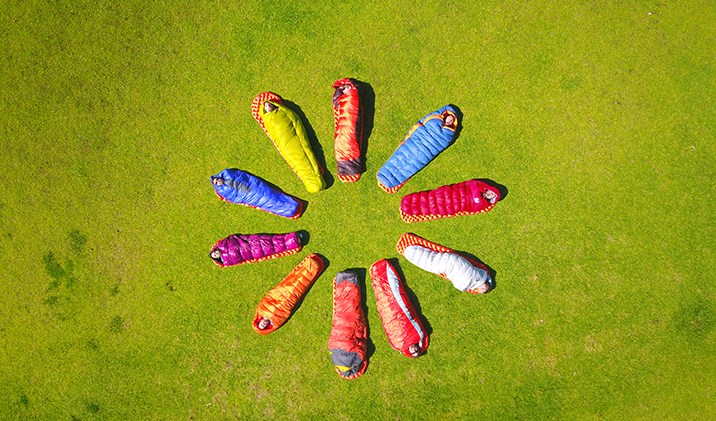


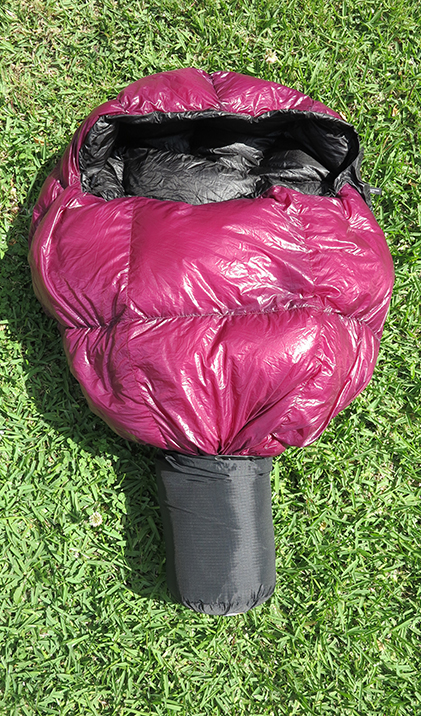





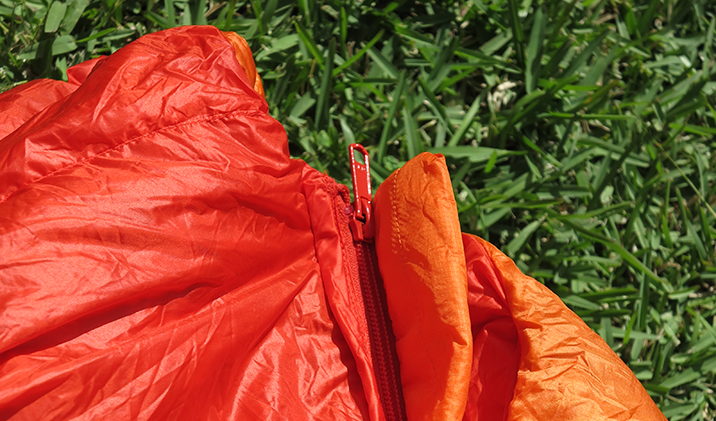
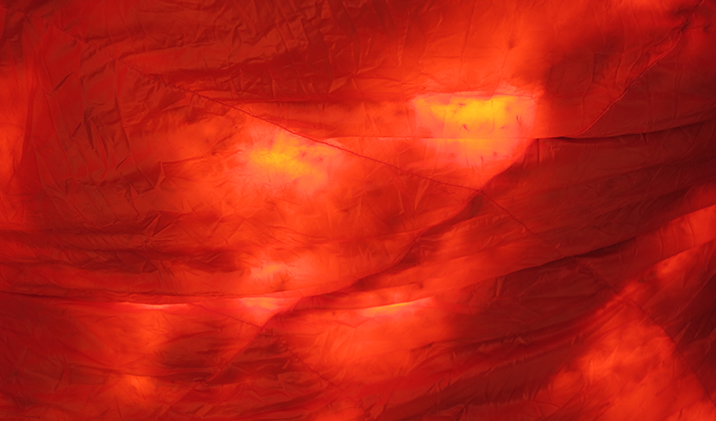
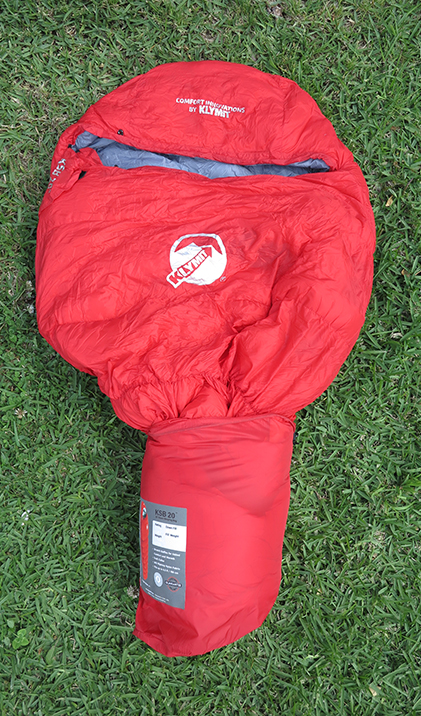
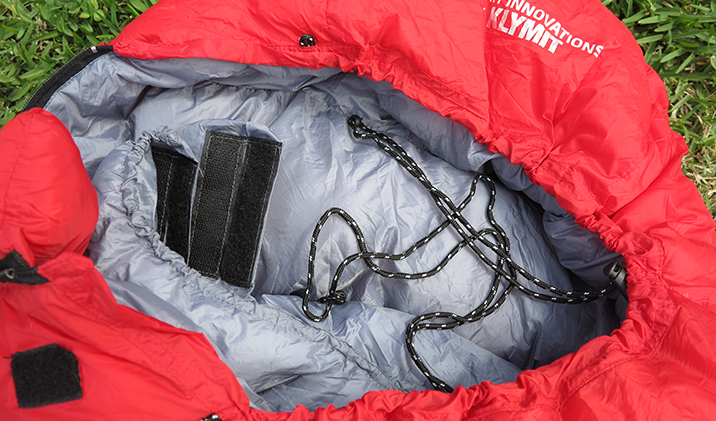
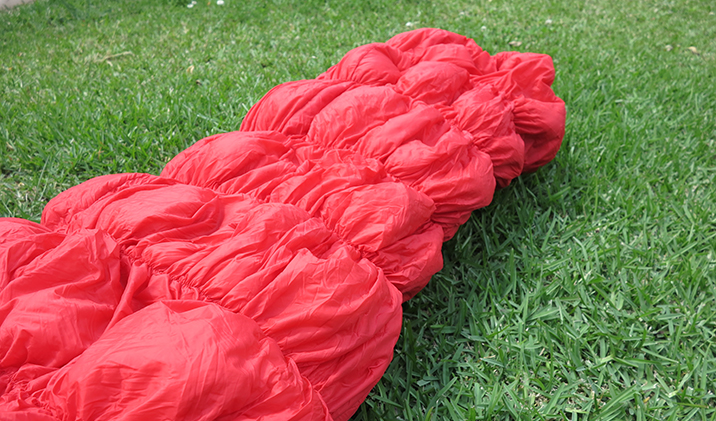
A properly-designed foot box will accommodate relaxed feet, but a flat, square end will press uncomfortably upon the toes. The zip, as well as being a reliable brand such as YKK, should be isolated by anti-snag tape to stop it tearing the fragile inner shell fabric. Zip length is also important: a short zip saves weight and reduces heat loss but lacks versatility, whereas a full zip or two-zip combination can be used to open the bag out completely flat and allow its use as a blanket on warmer nights.
Lastly, a good thermal liner can boost your bag’s temperature by several degrees, and be used as a stand-alone sleep sheet at the height of summer.
THE TEST
Unsurprisingly, the test was conducted by spending a night in each bag. The same sleeping mat and pillow was used throughout and although a liner is recommended, testing was done without in order to evaluate each bag’s inner lining. Ambient temperature was impossible to control so although sensation of cold or warmth is sometimes mentioned this should be taken as anecdotal. The warmth rating used by the manufacturer (usually EN13537) was assumed correct. Thorough abrasion testing was not carried out due to the high expense of the samples. Weights and compressed sizes were measured.
THE SLEEPER: male, 169cm, side sleeper who runs slightly cold and has a particular dislike for waking up with zips, Velcro or adjustment cord in his face.
WESTERN MOUNTAINEERING HIGHLITE
Western Mountaineering have been manufacturing their lightweight bags in California for over 45 years and are highly regarded by ultralight backpackers in the States. So how do they come up with the lightest bag on test? Using 850+ loft goose down is a good start, which uniquely is collected from live birds’ nests while they are away roaming.
Since Western Mountaineering have not yet embraced the technology behind DWR down, you would expect an excellent DWR coating on the shell, a wafer-thin 12D ripstop nylon. Indeed the surface shakes almost-dry after a liberal dousing, and water pooled on a seam intersection took a full five minutes to soak through to the inside of the bag. More weight is saved by dispensing with draught tubes along the half-zip and collar.
Once ensconced in the bag I heated up extremely quickly and found the narrow cut gave me just enough room to turn over. However the taffeta lining, still felt a bit squeaky against the skin. Also, call me over-sensitive but the seam which runs from the bottom of the zip to the foot box felt rough against the toes. However, a silk liner would solve both of these problems.
THE VERDICT: Super light and ethical, the Highlite doesn’t quite nail it in terms of comfort or flexibility.
THERM-A REST ANTARES
Successfully designing sleeping mats seemingly forever, T-a-R have now ventured into sleeping bags. It’s with a measured intent to create integrated sleep systems which pair their bags and mats to great advantage. The most obvious aspect of the Antares is the SynergyLink Connectors, an contrived name for the straps on the bottom into which a sleeping mat can be slotted. It allows the sleeper to toss and turn without danger of rolling off the mat.
The inner shell, a relatively thick 20D polyester, gave the opposite sensation to the Highlite. It felt stiff to the touch due to the silvered Thermacapture lining which is designed to reflect body heat back at the sleeper, and while this might be a problem for some it didn’t bother me at all. The main insulation comes from box baffles filled with 750+ loft Hydrophobic Down, and given that any insulation under the body is squashed flat and thus mostly ineffective, the Antares has only a lightly-filled, sewn-through zone on the base just in case it is used without a mattress. I felt the cold on a night where the outside temp was only about 5°C; strange for a bag with a female comfort rating of -3°C.
At 990g, the Antares is slightly heavier than its peers. Given its size I would have preferred to see a compression sack rather than a basic stuff sack.
THE VERDICT: Great comfort and features, pity it adds up to such a bulky unit.
ONE PLANET NITROUS
One Planet are a step ahead of the other brands on test by virtue of their Made in Australia stamp – all their sleeping bags are assembled in their Melbourne factory from Chinese-sourced down and shells. As well as the obvious benefits this brings, the bags are filled to order which means there is no prolonged period of compression during transport and/or storage.
The stripped-down design eliminates standard fripperies such as draught collar, valuables pocket and contoured hood to concentrate on providing the most warmth in the smallest package. The measured weight (588g) comes in at only four grams over the advertised weight. The 15D Vapour Vent shell and 800+ loft DWR down are the foundations, held together in a tapered rectangular shape by the #5 YKK zip, a tougher (and noisier) choice than most others.
Entering the sleek feather tube felt like falling down a slip-n-slide – I only stopped when I landed in a heap in the foot box. The diaphanous shell hardly felt like it would cope with a temperature of -1°C but unfortunately the night I spent in its silken embrace was not cold enough to test its lower limits. We’ll have to trust the EN13537 rating on this one.
THE VERDICT: The Nitrous is a serious contender in the lightweight market at an excellent price.
MACPAC EPIC 400
You generally know what you’re going to get with Macpac – a solid design with good quality materials and reasonable specs, but nothing too fancy. The Epic sleeping bag is no different. Part of a range of four Epics of increasing warmth, the 400 is bang on the money temperature wise, with 800+ loft down and a Pertex Quantum shell keeping the weight down to 877g. The mummy cut is complemented by a roomy foot box and decent hood, and the zip is long enough that the bag can be mostly opened out on warm nights.
The shell’s DWR is impressive and presumably the HyperDRY treatment on the down is equally so. When held up to the light there seemed to be a lot of daylight between the feathers, and this translates to cold spots where the down is not distributed evenly throughout the baffles. Inside, the Quantum fabric was very comfortable against the skin and the combination of draught tube and closure stud did well to keep the dreaded zip out of my way. On the other hand the hood draw cord, when cinched, did end up in my face as I turned over with the bag (as opposed to turning inside the bag), and if I’d been pushing the temperature limits of the Epic I’d have had to tighten it as there is no draught collar. The waterproof stuff sack is a nice touch.
THE VERDICT: A solid design put together with good quality materials and reasonable specs, but nothing too fancy or groundbreaking.
KLYMIT KSB 20
The KSB 20 is reminiscent of a giant, ribbed condom due to the series of stretch baffles that run from the chest to the feet. Sewn with elasticised thread, this section of the bag looks about as wide as an elephant’s leg until you slip inside, and then it’s like being swallowed by an anaconda. I could feel slight pressure from the elastic against my body at first but it did minimise excess space and didn’t prevent me falling asleep. It should be noted though that this design makes it difficult to turn over inside the bag.
Another unusual feature of the KSB20 is the draft collar which, with a Velcro closure and draw cord to secure it completely around the shoulders, is more technical than most others. No doubt this decreases heat loss but for me it just meant added facial abuse; the double Velcro tabs were tricky to fasten from inside in the dark and any protruding patches felt like a scouring pad. With the hood cinched as well there were yards of cord floating around inside to get tangled up with my arms. The collar also has a stash pocket for money, munchies or a phone, but put anything remotely heavy in there and you’ll spend the whole night with it sitting on your throat.
Lastly, Klymit need to review the term lightweight as it applies to modern sleeping bags. Despite splashing the word all over their packaging the bag’s actual weight is 1.3kg, a bit of a monster and more than twice the weight of the lightest ones on test.
THE VERDICT: Klymit have some interesting features here but the weight and bulk of the KSB20 relegate it to the car camping crowd.





